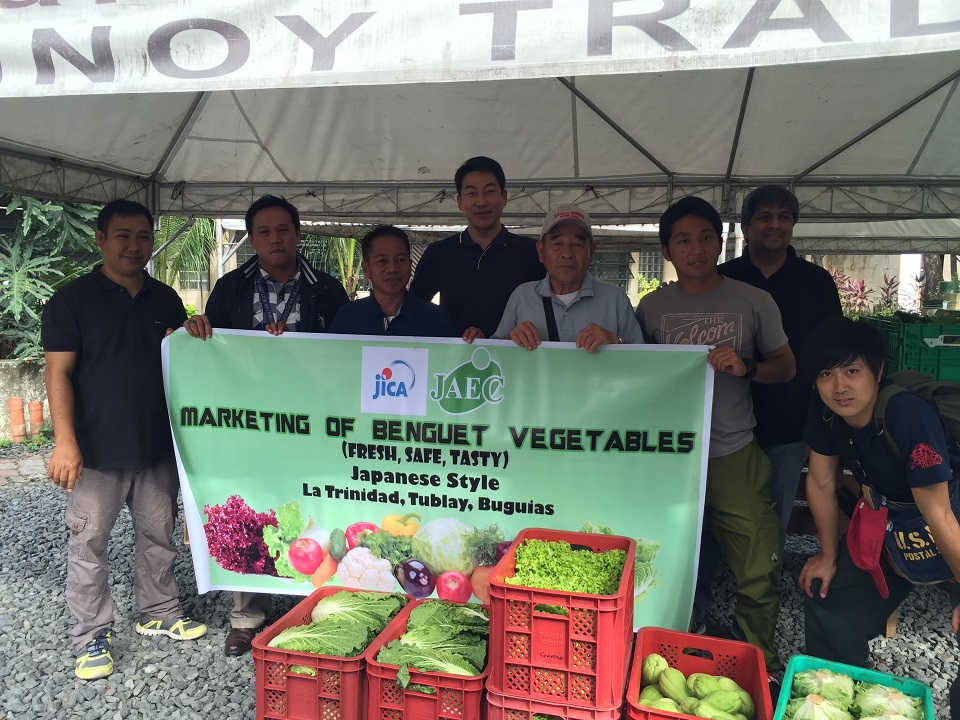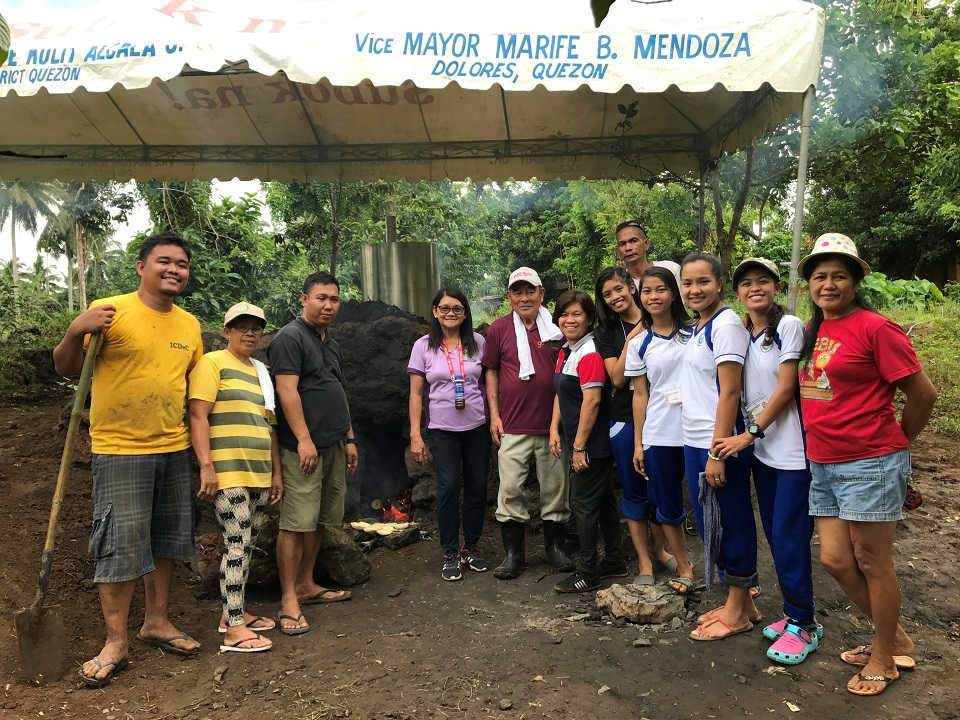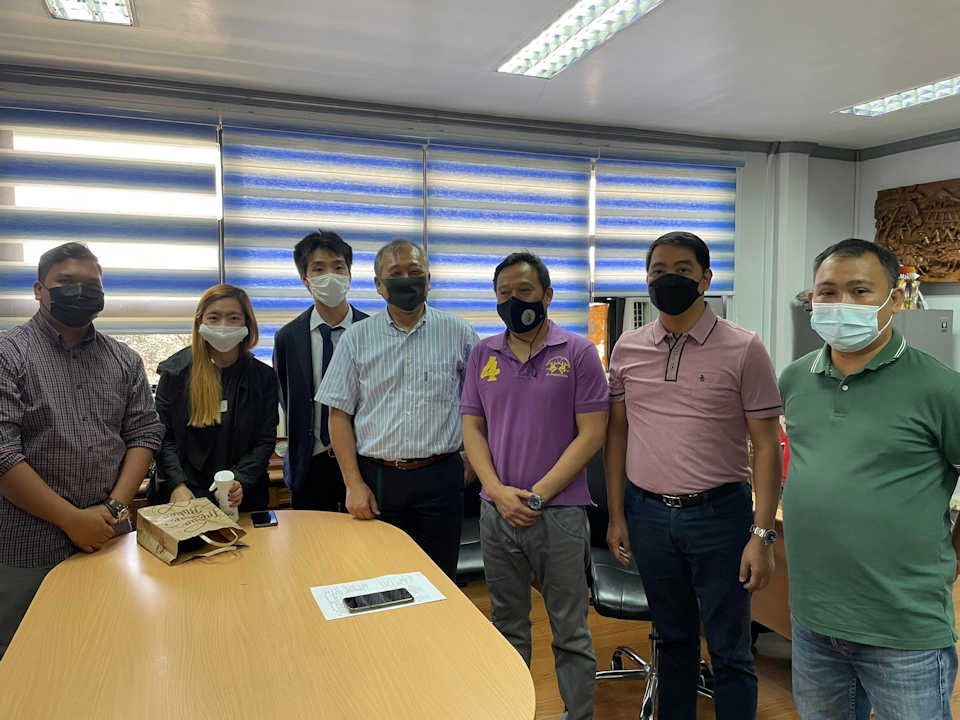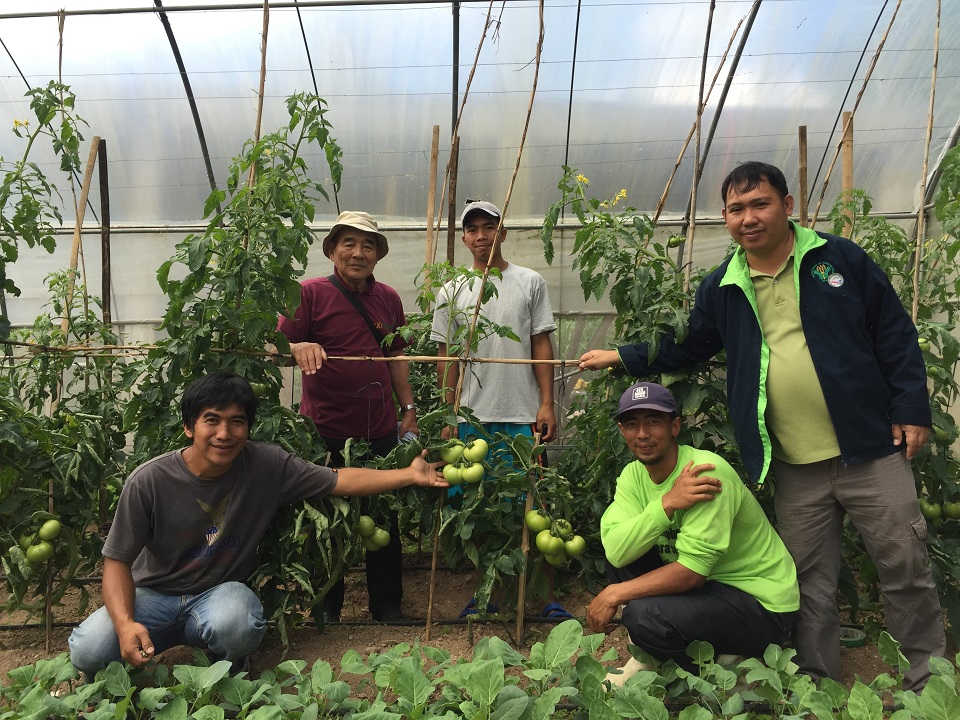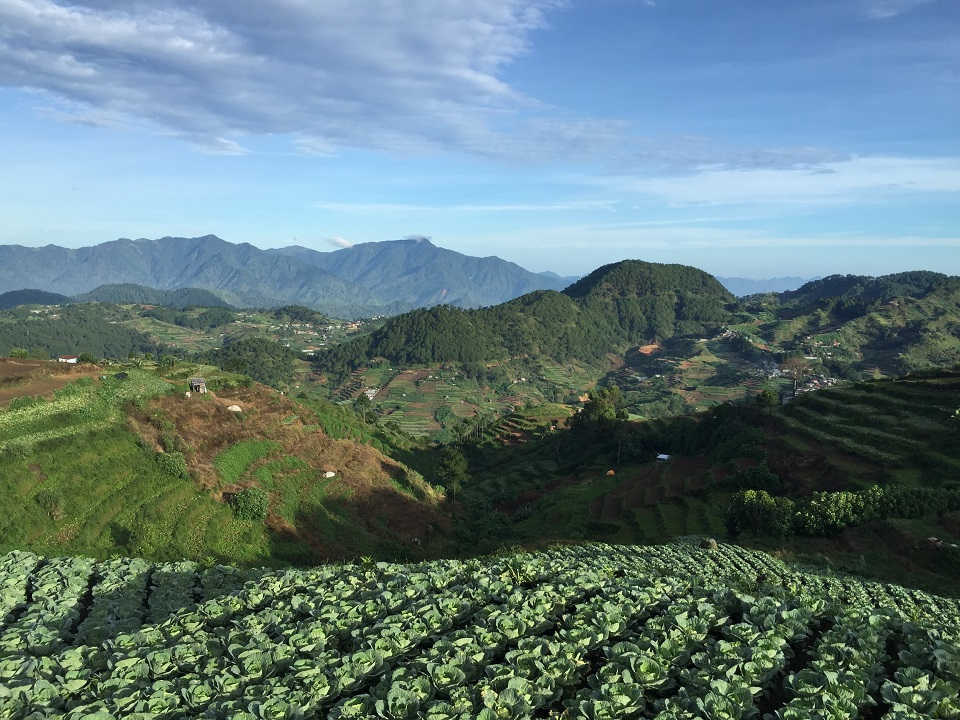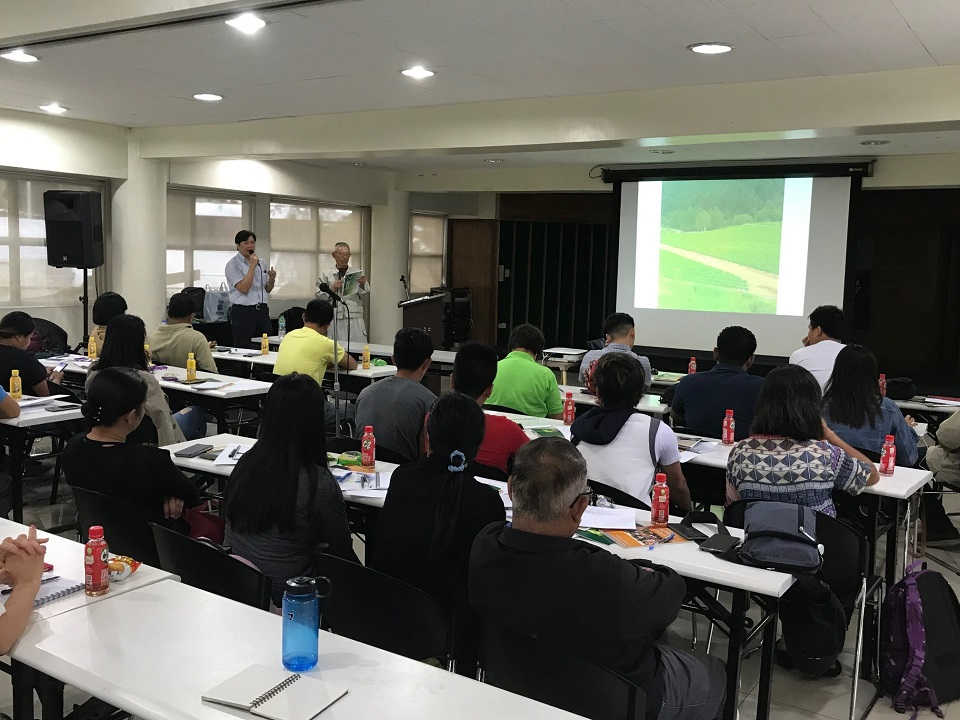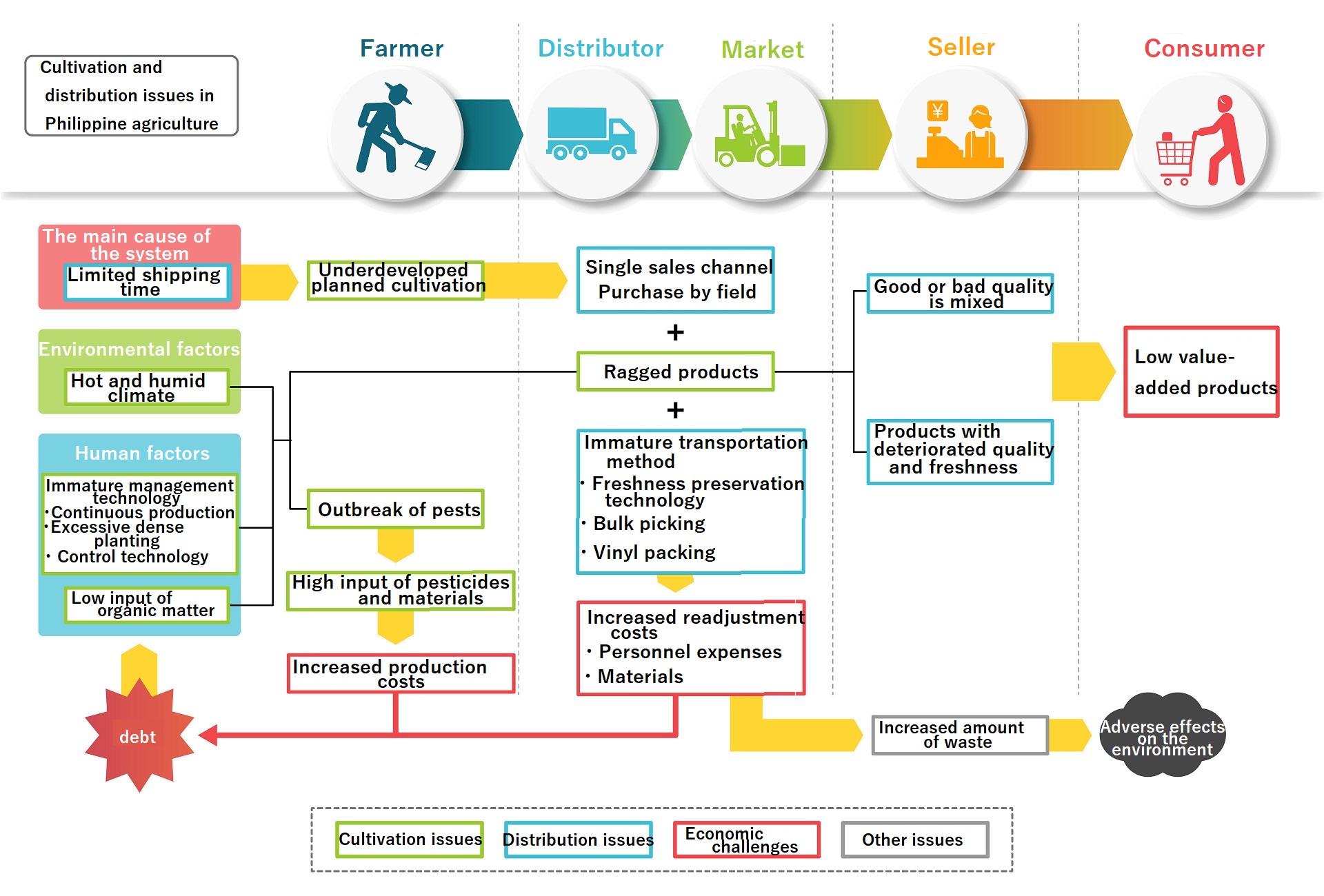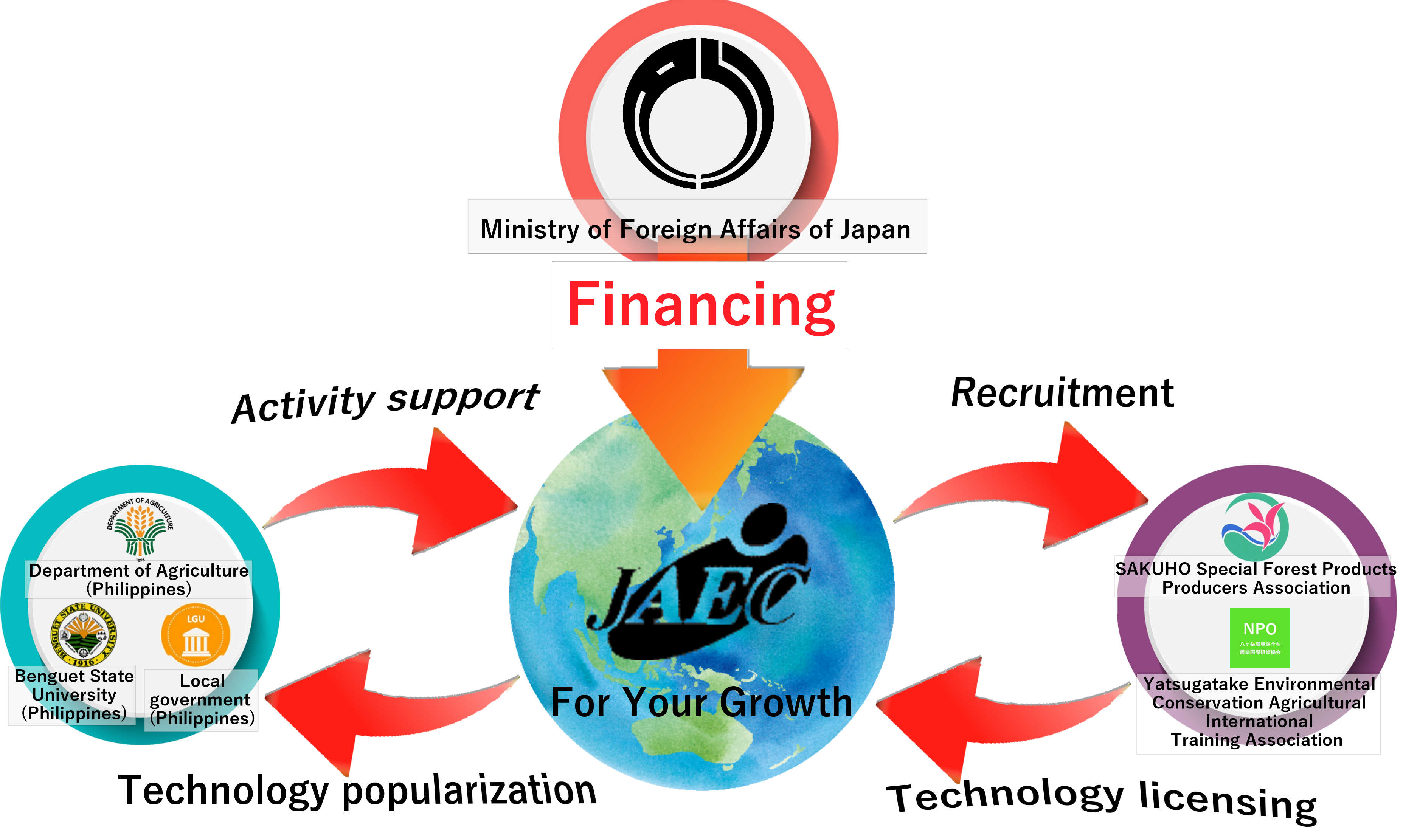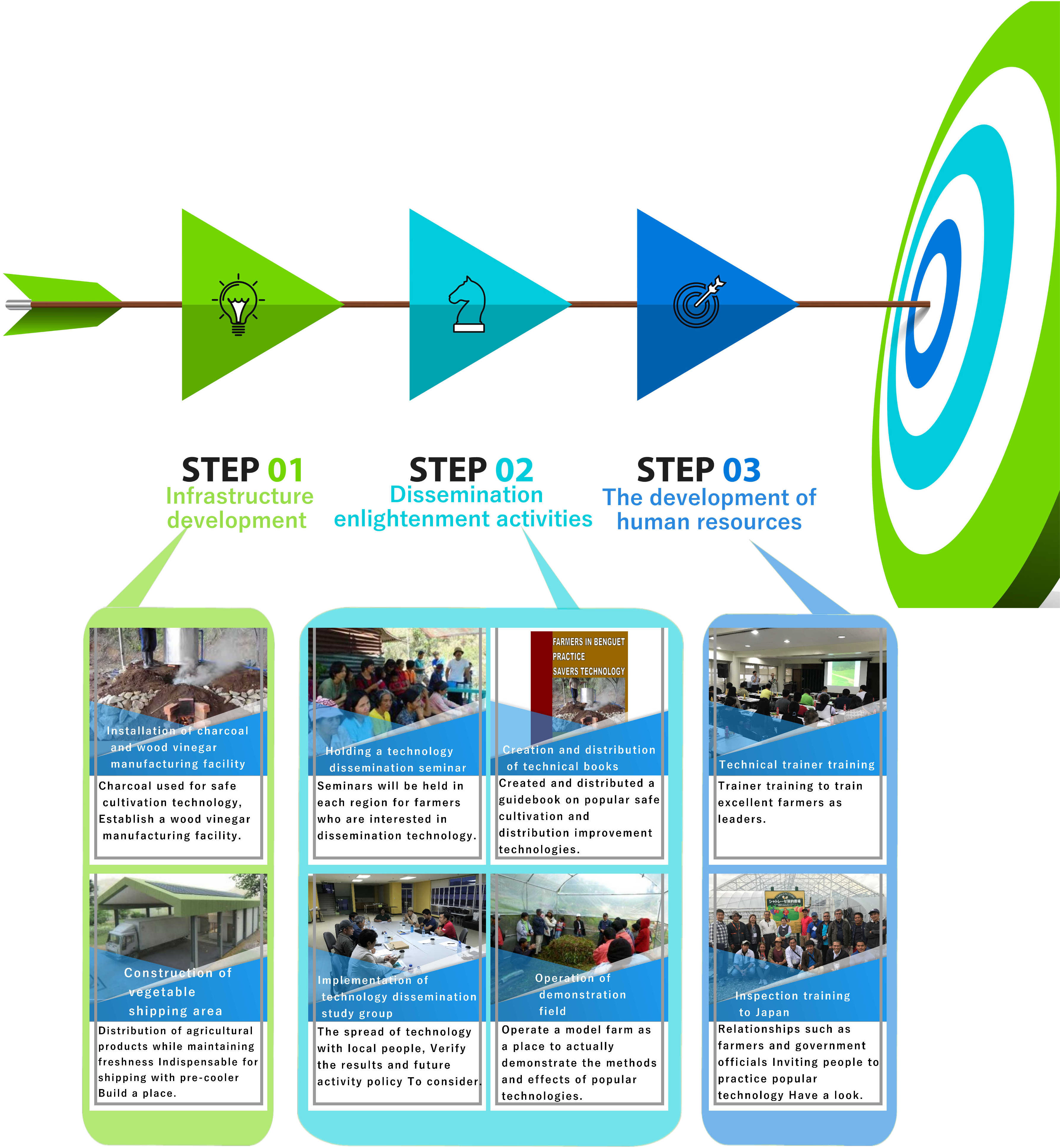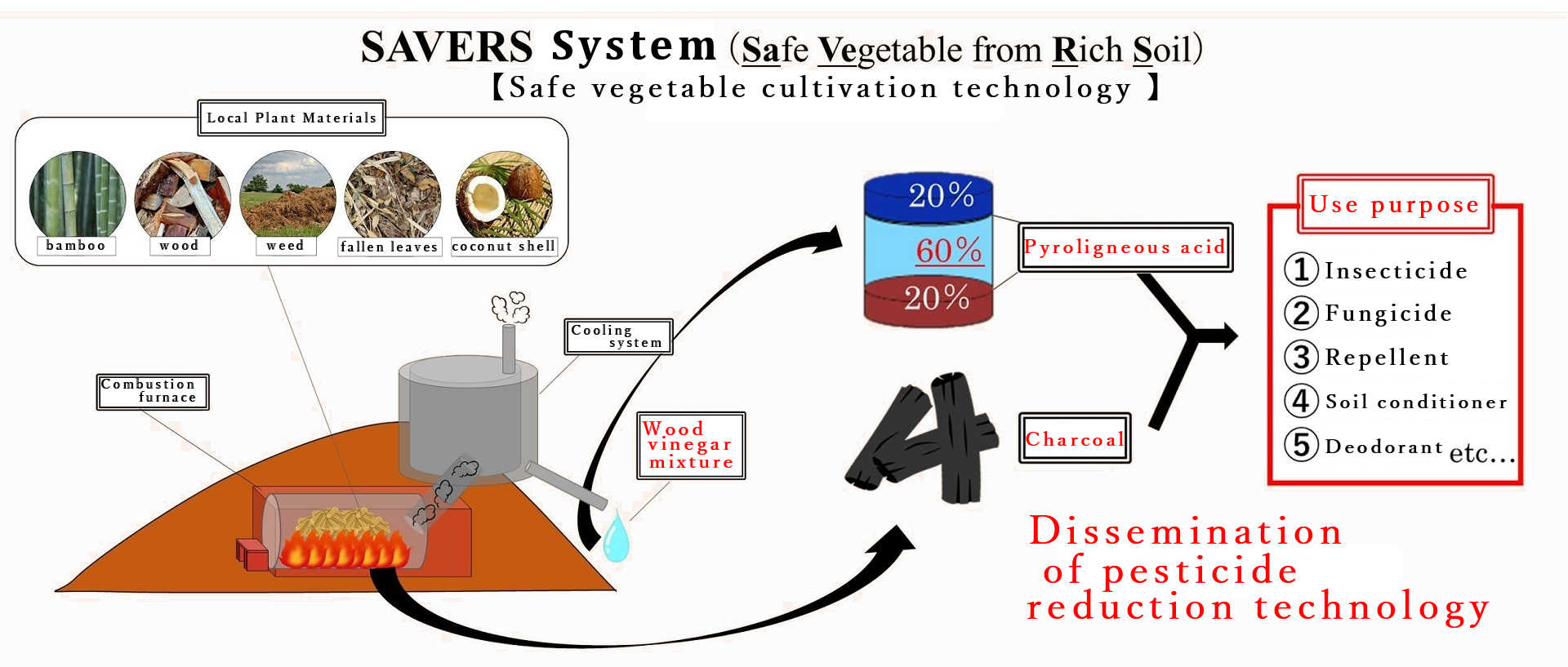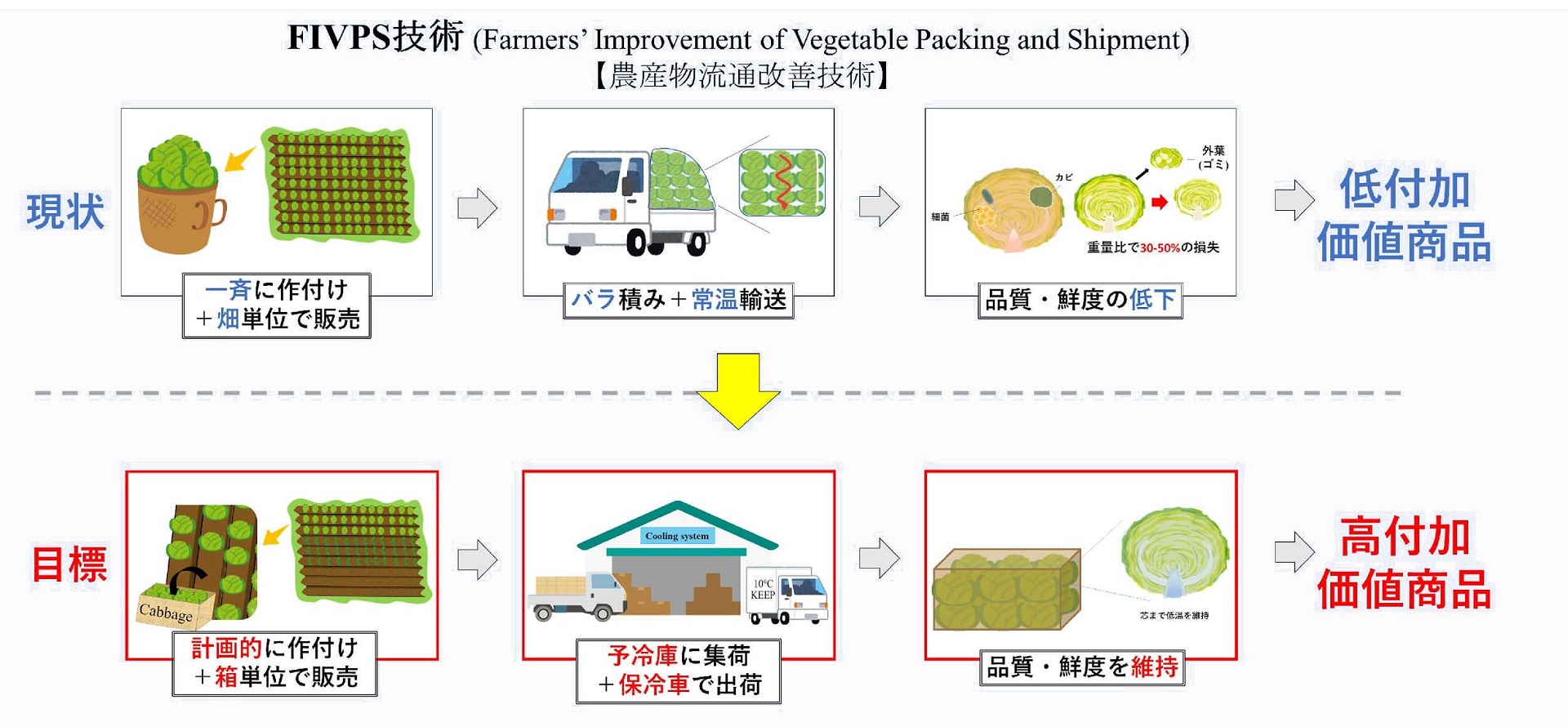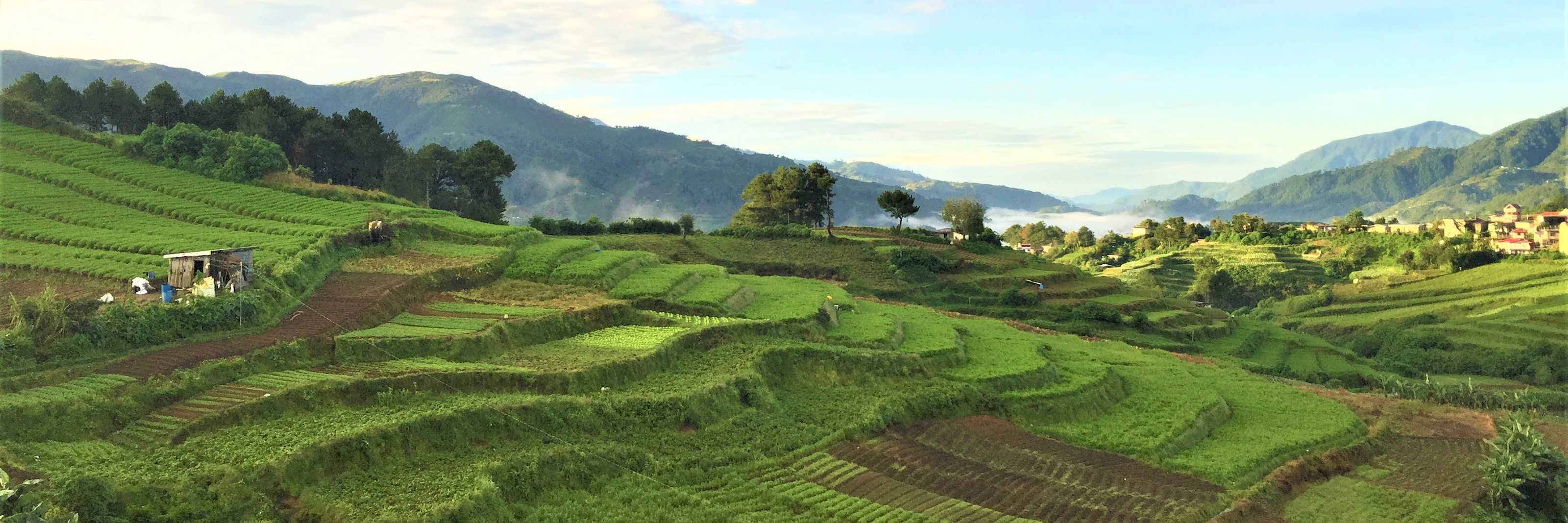
Overseas Rural Development
Support Project
With the power of Japanese agriculture Productivity of overseas rural areas Project to improve!
With the power of Japanese agriculture Productivity of overseas rural areas Project to improve!
www.jaec.org/asia/ The following pages use cookies so that you can browse them comfortably. In addition, on some pages, customers can watch YouTube videos via this site (using the YouTube IFrame player API). Therefore, please read the YouTube Terms of Use carefully before browsing this site (Youtube Terms of Use are here ). In addition, when browsing the above range pages including this page, by closing this modal window or continuing to browse, we assume that you consent to the use of cookies and understand the YouTube Terms of Service. I will do it.

CONTENTS
CONTENTS
CHAPTER.1
CHAPTER.1
History of overseas rural development support project
History of overseas rural development support project
The Society is also developing an overseas rural development support project (international cooperation project) in the Philippines.
This project started in 2007 in the form of "JICA Grassroots Cooperation Project," which is a joint project with the Japan International Cooperation Agency (JICA) (above figure, chronological table).
The activity area targets Benguet, Quezon and its surrounding areas in the Philippines, and disseminates "safe vegetable production technology" using organic materials such as charcoal and wood vinegar made using local resources. We are doing activities to do.
(Right photo)
Masaki Yokomori, the planner of this project, is instructing local farmers.
The Society is also developing an overseas rural development support project (international cooperation project) in the Philippines.
This project started in 2007 in the form of "JICA Grassroots Cooperation Project," which is a joint project with the Japan International Cooperation Agency (JICA) (above figure, chronological table).
The activity area targets Benguet, Quezon and its surrounding areas in the Philippines, and disseminates "safe vegetable production technology" using organic materials such as charcoal and wood vinegar made using local resources. We are doing activities to do.
(Photo below)
Masaki Yokomori, the planner of this project, is instructing local farmers.
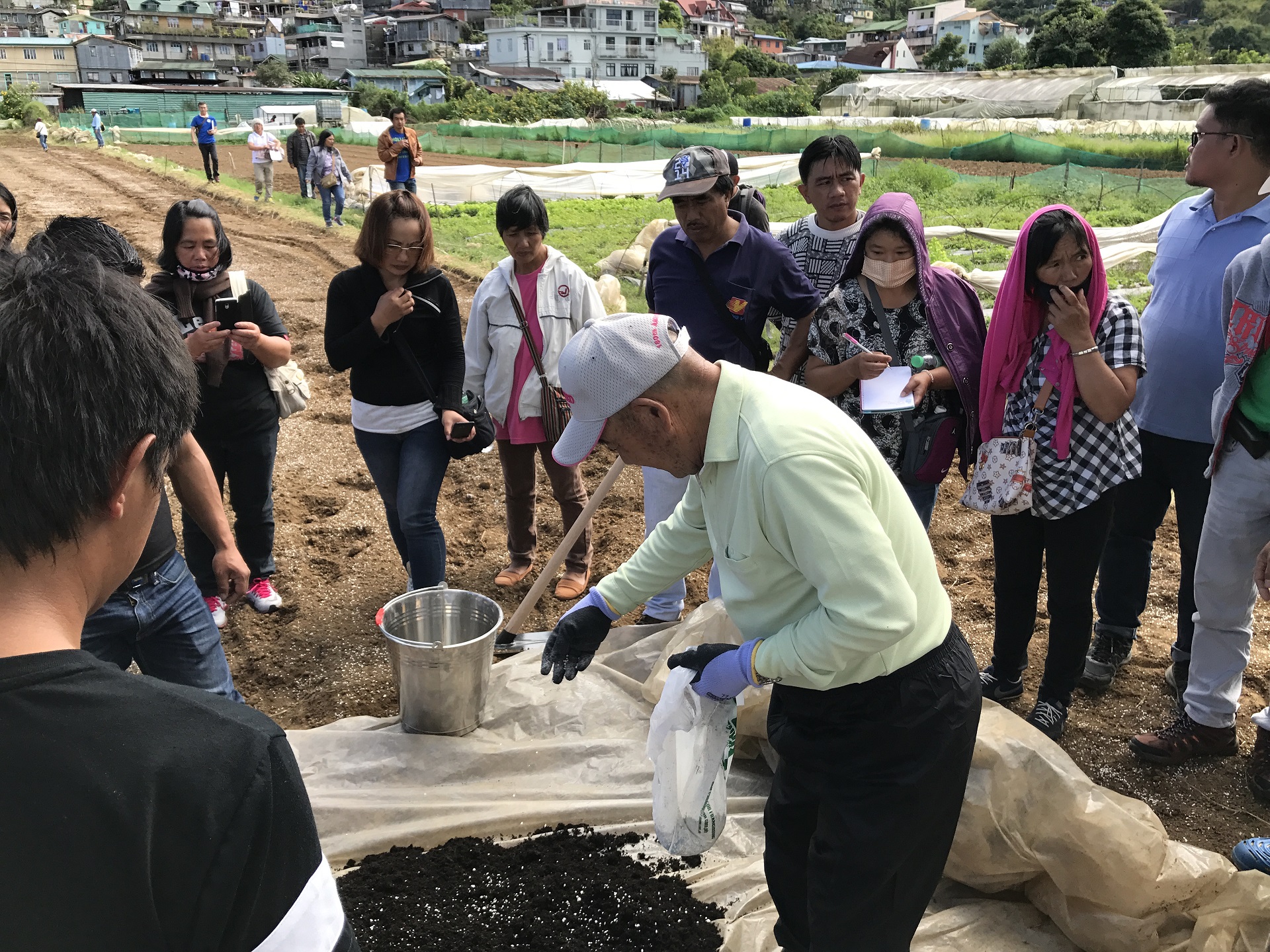
CHAPTER.2
CHAPTER.2
About activity area and local agriculture
About activity area and local agriculture
Luzon Island, the Philippines, where the activities of the Society are carried out, is the largest island in terms of area and population among the Philippine Islands, and Manila, the capital, is also located on this island.
As you can imagine, the Philippines, which is located in the tropical region, has high temperatures throughout the year, and fruit trees and summer vegetables are widely cultivated. Is limited.
(Right map)
Luzon is the largest island in the Philippine Islands, consisting of more than 7,000 islands. It has a population of over 40 million.
Luzon Island, the Philippines, where the activities of the Society are carried out, is the largest island in terms of area and population among the Philippine Islands, and Manila, the capital, is also located on this island.
As you can imagine, the Philippines, which is located in the tropical region, has high temperatures throughout the year, and fruit trees and summer vegetables are widely cultivated. Is limited.
(Map below)
Luzon is the largest island in the Philippine Islands, consisting of more than 7,000 islands. It has a population of over 40 million.
Since 2008, "organic farming" has been recommended in the Philippines in response to the international trend that requires environmentally friendly agriculture. However, the current situation is that the promotion is not progressing as expected due to the outbreak of pests caused by hot and humid weather conditions and the fact that the cultivation and management techniques of farmers have not caught up.
The Society is promoting activities in Benguet, which is located in the highlands of 1,000 to 2,000 m above sea level and has a relatively cool climate in Japan.
(Left photo)
A field in Benguet, which is the base of activities. It is made on a slope, and it is very difficult to manage the cultivation.
Since 2008, "organic farming" has been recommended in the Philippines in response to the international trend that requires environmentally friendly agriculture. However, the current situation is that the promotion is not progressing as expected due to the outbreak of pests caused by hot and humid weather conditions and the fact that the cultivation and management techniques of farmers have not caught up.
The Society is promoting activities in Benguet, which is located in the highlands of 1,000 to 2,000 m above sea level and has a relatively cool climate in Japan.
(Photo below)
A field in Benguet, which is the base of activities. It is made on a slope, and it is very difficult to manage the cultivation.
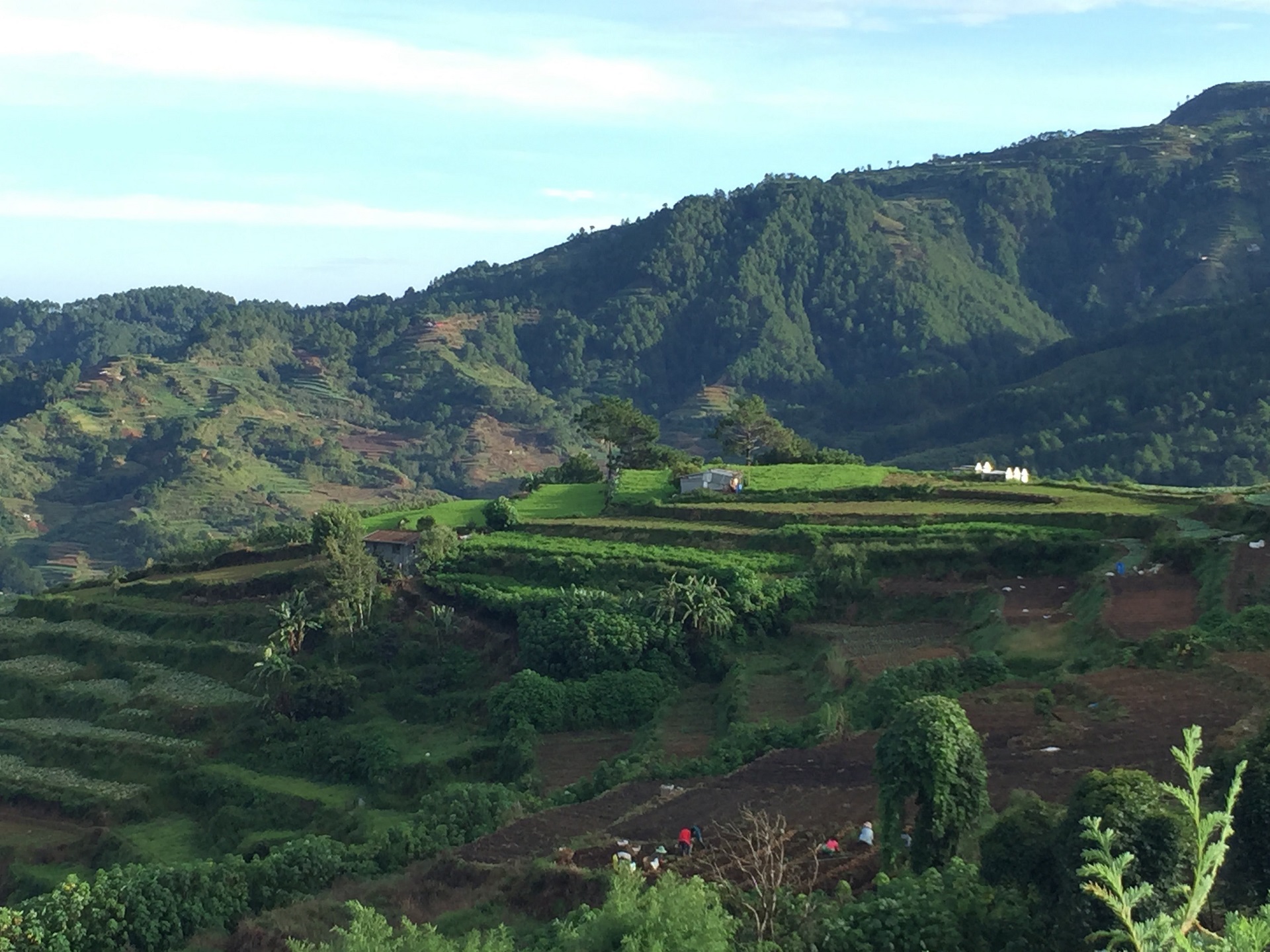
CHAPTER.3
CHAPTER.3
Cultivation and distribution issues in Philippine agriculture
Cultivation and distribution issues in Philippine agriculture
In the Philippines, the problem is that farmers' incomes are low and it is difficult to continue management, which is not only due to poor crops due to environmental conditions and cultivation techniques, but also due to sales and distribution.
In the distribution of agricultural products in the Philippines, there is no distribution channel for trading at an appropriate price depending on the quality, and products with mixed quality are traded at a low price.
In addition, due to the immaturity of transportation technology and freshness preservation technology in the distribution process, excessive labor and wasteful work are required, and the freshness and quality of products have deteriorated by the time they reach consumers.
In the Philippines, the problem is that farmers' incomes are low and it is difficult to continue management, which is not only due to poor crops due to environmental conditions and cultivation techniques, but also due to sales and distribution.
In the distribution of agricultural products in the Philippines, there is no distribution channel for trading at an appropriate price depending on the quality, and products with mixed quality are traded at a low price.
In addition, due to the immaturity of transportation technology and freshness preservation technology in the distribution process, excessive labor and wasteful work are required, and the freshness and quality of products have deteriorated by the time they reach consumers.
In order to improve the current situation where producers are not profitable and consumer prices are high due to high distribution costs, the Society disseminates technologies for improving both the production and distribution processes of agricultural products. I am.
In order to improve the current situation where producers are not profitable and consumer prices are high due to high distribution costs, the Society disseminates technologies for improving both the production and distribution processes of agricultural products. I am.
(Right and lower photos)
Consumers can only obtain poor quality and expensive agricultural products because the quality deteriorates significantly during the process of harvesting in the field and transporting to the market.
(Each photo below)
Consumers can only obtain poor quality and expensive agricultural products because the quality deteriorates significantly during the process of harvesting in the field and transporting to the market.
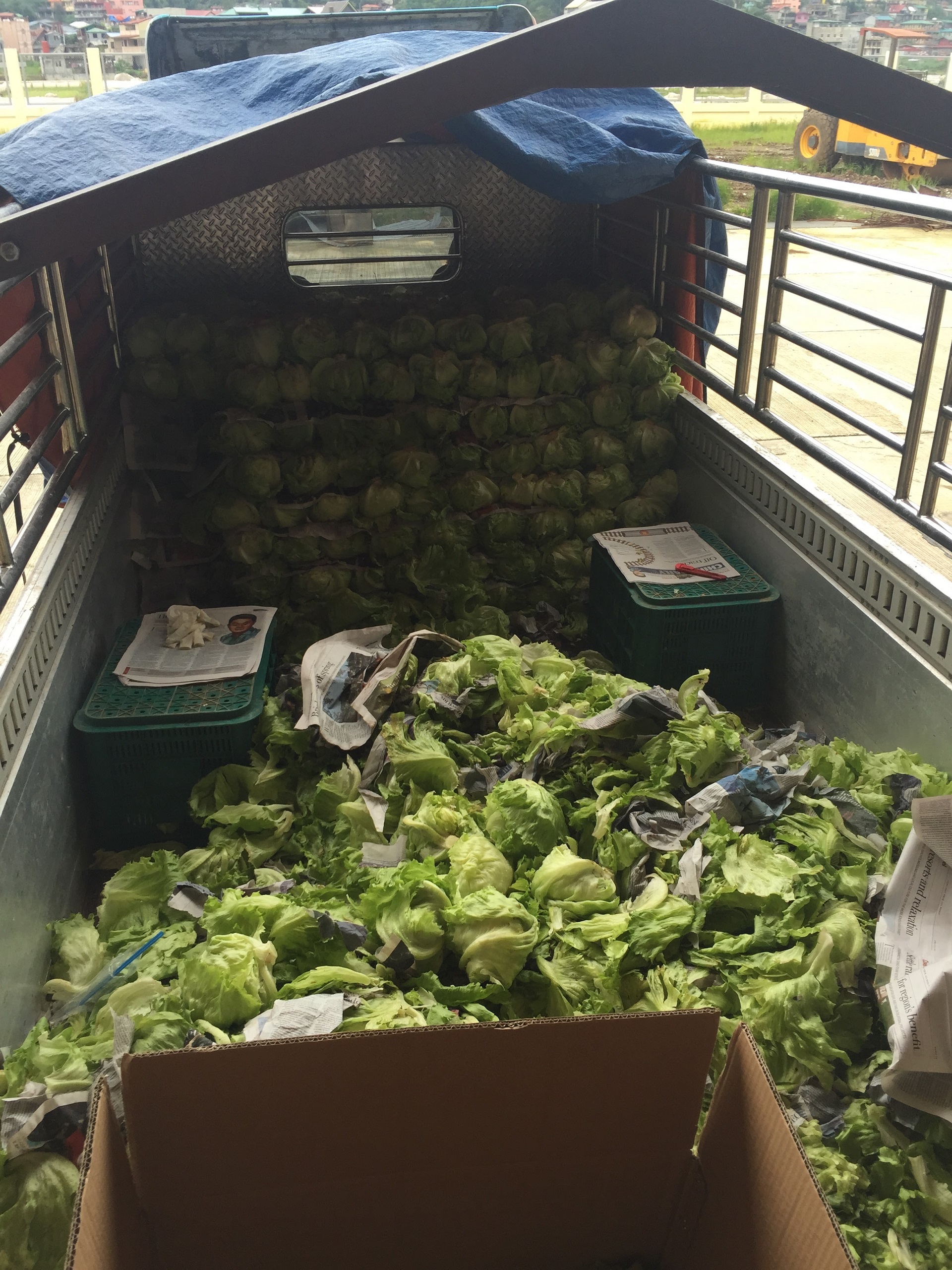
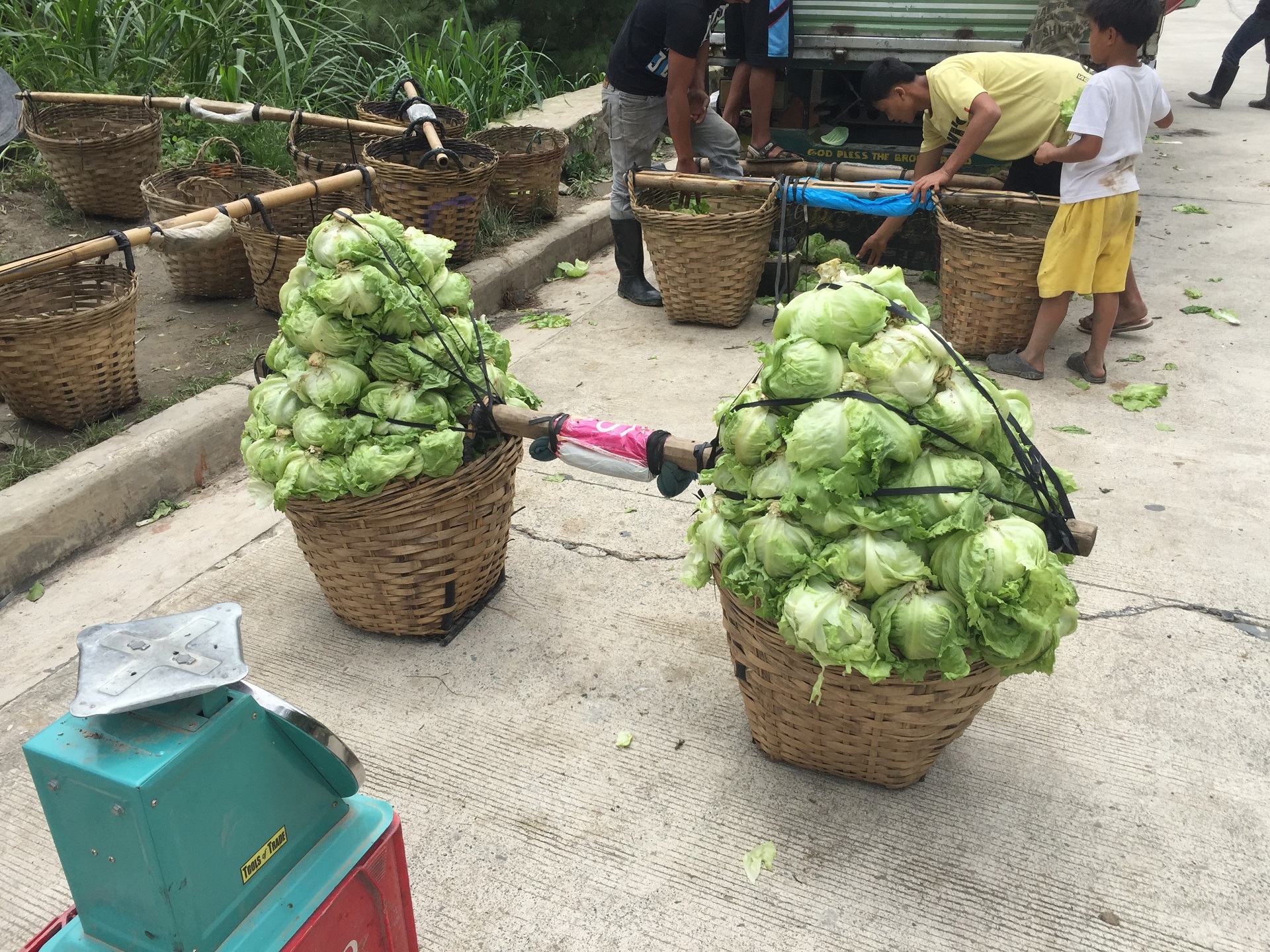
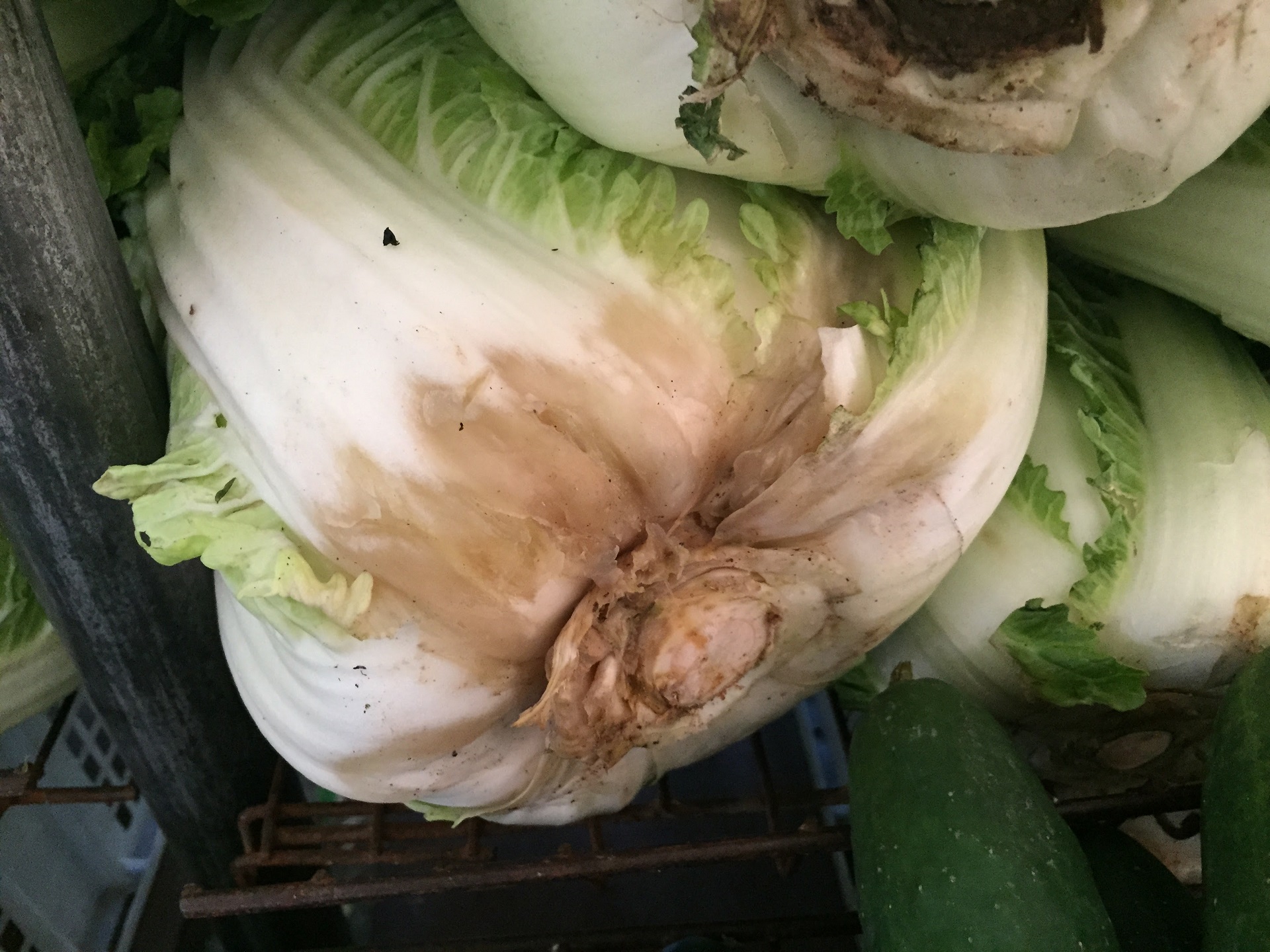
CHAPTER.4
CHAPTER.4
About Japan NGO Cooperation Grant Aid Project
About Japan NGO Cooperation Grant Aid Project
This project, which started in 2021 as a successor to the JICA grassroots cooperation project, is an official development assistance (ODA) by the Ministry of Foreign Affairs for the activities of NGOs that provide support at the grassroots level, which is difficult to reach with the support of the government and international organizations. This is a "Japan NGO Cooperation Grant Aid Project" that is funded.
The Society carries out activities with the cooperation of not only local organizations such as the Ministry of Agriculture of the Philippines and local governments, which are active countries, but also various organizations such as advanced farmers in Japan who provide advanced agricultural technology. I am.
This project, which started in 2021 as a successor to the JICA grassroots cooperation project, is an official development assistance (ODA) by the Ministry of Foreign Affairs for the activities of NGOs that provide support at the grassroots level, which is difficult to reach with the support of the government and international organizations. This is a "Japan NGO Cooperation Grant Aid Project" that is funded.
The Society carries out activities with the cooperation of not only local organizations such as the Ministry of Agriculture of the Philippines and local governments, which are active countries, but also various organizations such as advanced farmers in Japan who provide advanced agricultural technology. I am.
In this project, we have made further progress from the technology dissemination activities that we have been conducting so far, and have begun to expand the scale of activities such as constructing a vegetable shipping area that will serve as a distribution base, and to fundamentally improve the distribution system.
In this project, we have made further progress from the technology dissemination activities that we have been conducting so far, and have begun to expand the scale of activities such as constructing a vegetable shipping area that will serve as a distribution base, and to fundamentally improve the distribution system.
(Each photo below)
Continuing from the previous project, this project is being implemented with various support from the Ministry of Agriculture of the Philippines and local governments.

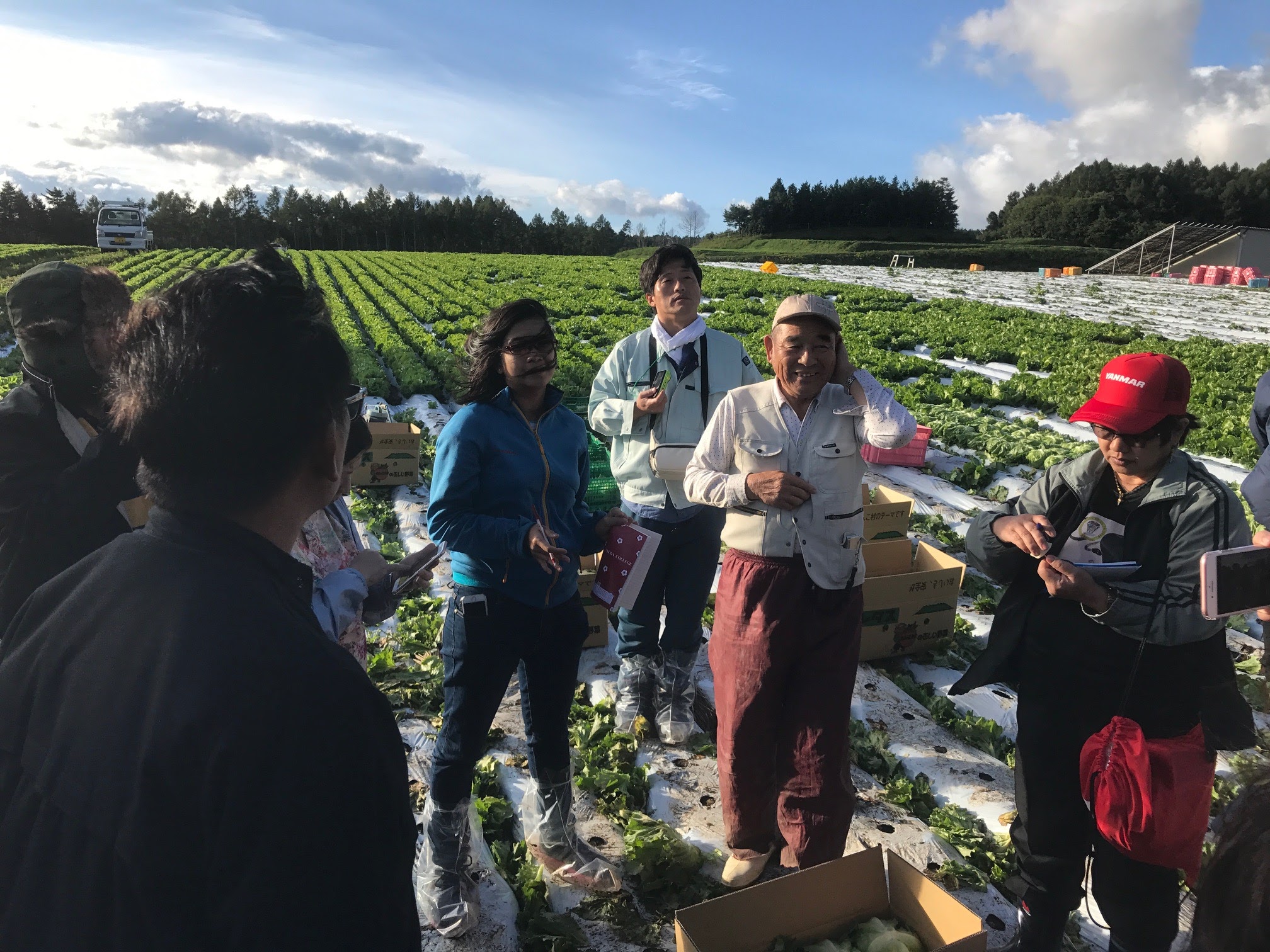
(Top and left photos)
Continuing from the previous project, this project is being implemented with various support from the Ministry of Agriculture of the Philippines and local governments.
CHAPTER.5
CHAPTER.5
Specific activity content
Specific activity content
(Right figure)
Illustrated on sustainable overseas rural development and its efforts
(Above chart)
Illustrated on sustainable overseas rural development and its efforts
We are engaged in activities to disseminate and develop SAVERS and FIVPS technologies according to the dissemination status of each region. Originally, in the Philippines, there are many farmers who run their businesses with debt, so in areas where the facilities and environment that form the basis of technology dissemination are not in place, we will use the project funds to lay the groundwork for technology dissemination.
We are engaged in activities to disseminate and develop SAVERS and FIVPS technologies according to the dissemination status of each region. Originally, in the Philippines, there are many farmers who run their businesses with debt, so in areas where the facilities and environment that form the basis of technology dissemination are not in place, we will use the project funds to lay the groundwork for technology dissemination.

In addition, we will carry out educational activities through seminars and distribution of materials in areas where technology has not spread, and in Benguet and Quezon, where technology has already spread, we will provide practical guidance through demonstration fields and inspection training. doing.
In addition, we will carry out educational activities through seminars and distribution of materials in areas where technology has not spread, and in Benguet and Quezon, where technology has already spread, we will provide practical guidance through demonstration fields and inspection training. doing.
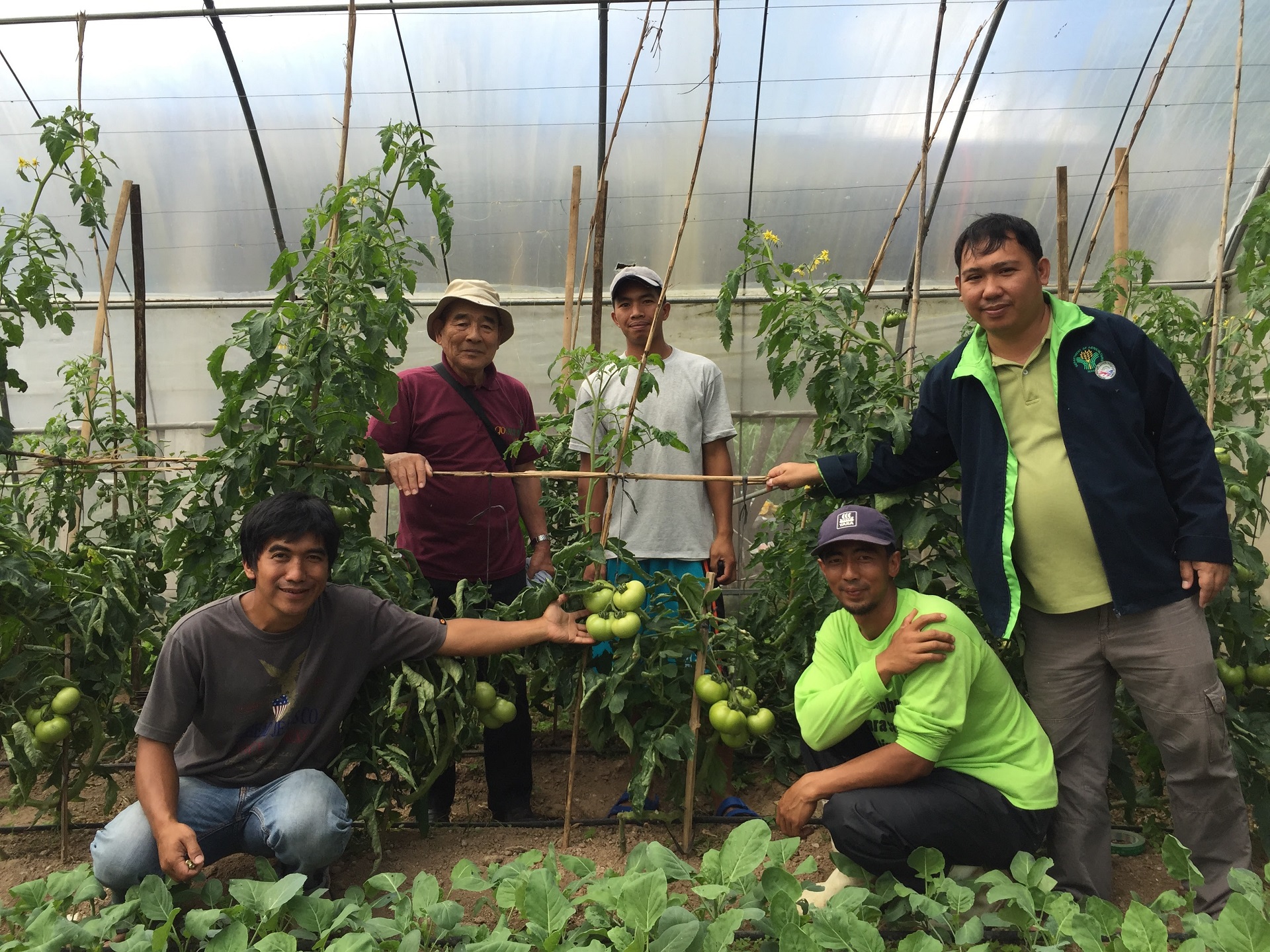
Ultimately, we will provide trainer training and inspection training to Japan for excellent farmers in the region so that we can expect continuous development even after the support of the Society is lost. We are engaged in activities to raise children.
Ultimately, we will provide trainer training and inspection training to Japan for excellent farmers in the region so that we can expect continuous development even after the support of the Society is lost. We are engaged in activities to raise children.

CHAPTER.6
CHAPTER.6
Details of popular technology
Details of popular technology
①SAVERS(Safe Vegetable from Ritch Soil) System
Safe and healthy vegetables using charcoal and wood vinegar made from plant materials (coconut peel, etc.) that are easily available in the Philippines and compost made from organic matter such as weeds and vegetable waste. It is to grow the technology. Not only can it be applied to fields to improve the soil, but it can also be used with wood vinegar to reduce the amount of pesticides used.
①SAVERS(Safe Vegetable from Ritch Soil)System
Safe and healthy vegetables using charcoal and wood vinegar made from plant materials (coconut peel, etc.) that are easily available in the Philippines and compost made from organic matter such as weeds and vegetable waste. It is to grow the technology. Not only can it be applied to fields to improve the soil, but it can also be used with wood vinegar to reduce the amount of pesticides used.
(Top view) SAVERS System illustration
②FIVPS(Farmer's Improvement of Vegetable Packing and Shipment) System
It is a concrete method that farmers should take and how to reduce unnecessary work and excessive labor in the current vegetable distribution process and lead to distribution improvement to safely supply safe and fresh vegetables to consumers. At the farmer's stage, we will build a planting system that can stably ship vegetables, adjust them in the field, divide them into boxes according to size and quality standard, and transport them to the market.
Please refer to the following technical books for the details of the technology.
②FIVPS(Farmer's Improvement of Vegetable Packing and Shipment) System
It is a concrete method that farmers should take and how to reduce unnecessary work and excessive labor in the current vegetable distribution process and lead to distribution improvement to safely supply safe and fresh vegetables to consumers. At the farmer's stage, we will build a planting system that can stably ship vegetables, adjust them in the field, divide them into boxes according to size and quality standard, and transport them to the market.
Please refer to the following technical books for the details of the technology.
(Top view) FIVPS System illustration
 Farmers in Benguet Practice Savers Technology(TECHNICAL BOOKS)
Farmers in Benguet Practice Savers Technology(TECHNICAL BOOKS)
CHAPTER.7
CHAPTER.7
Initiatives for SDGs
Initiatives for SDGs
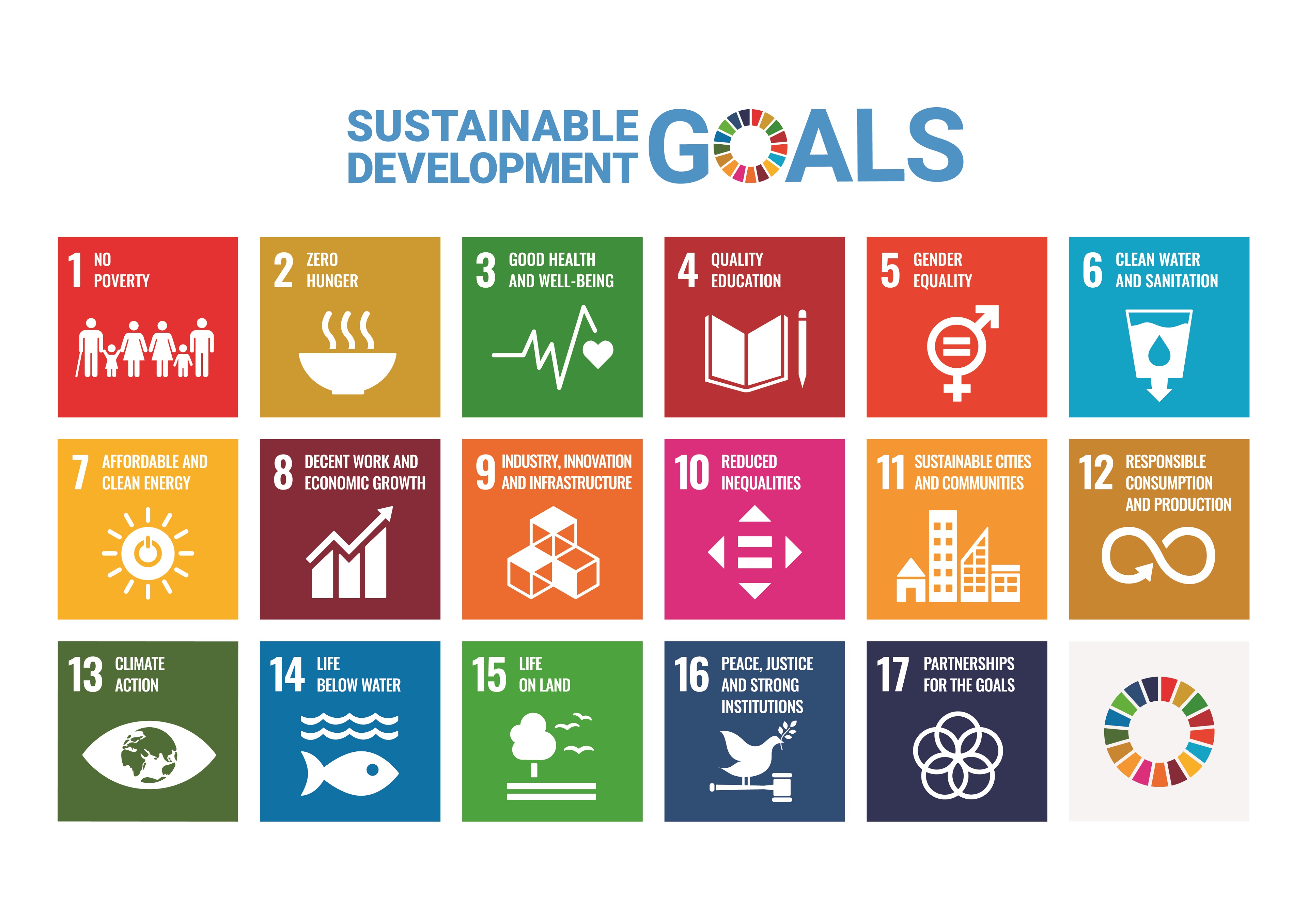
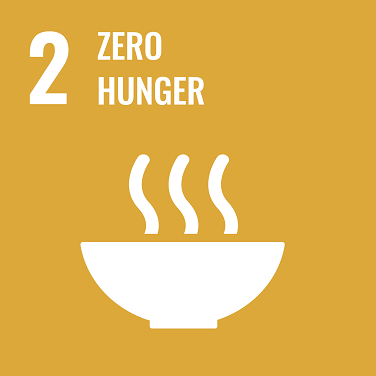
The safe vegetable cultivation technology of this project will help to establish more stable agricultural management by utilizing sustainable cultivation methods using locally available materials, which is the goal of the SDGs set by the United Nations. 2. It is an activity that contributes to "end hunger, realize food security and nutrition improvement, and promote sustainable agriculture."
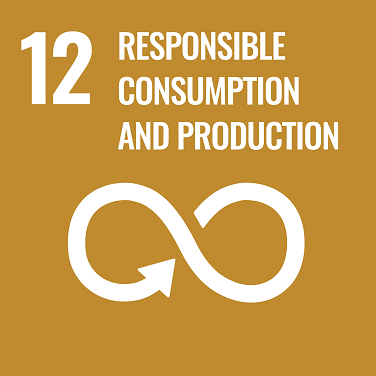
In the distribution improvement business, we can reduce the burden on the environment by reducing the amount of vegetable waste discharged in the current distribution process and the vinyl materials used for packaging, which is Goal 12. “Sustainable. We also carry out activities that fall under the category of "securing production and consumption patterns."
CHAPTER.8
CHAPTER.8
Activity report
Activity report
